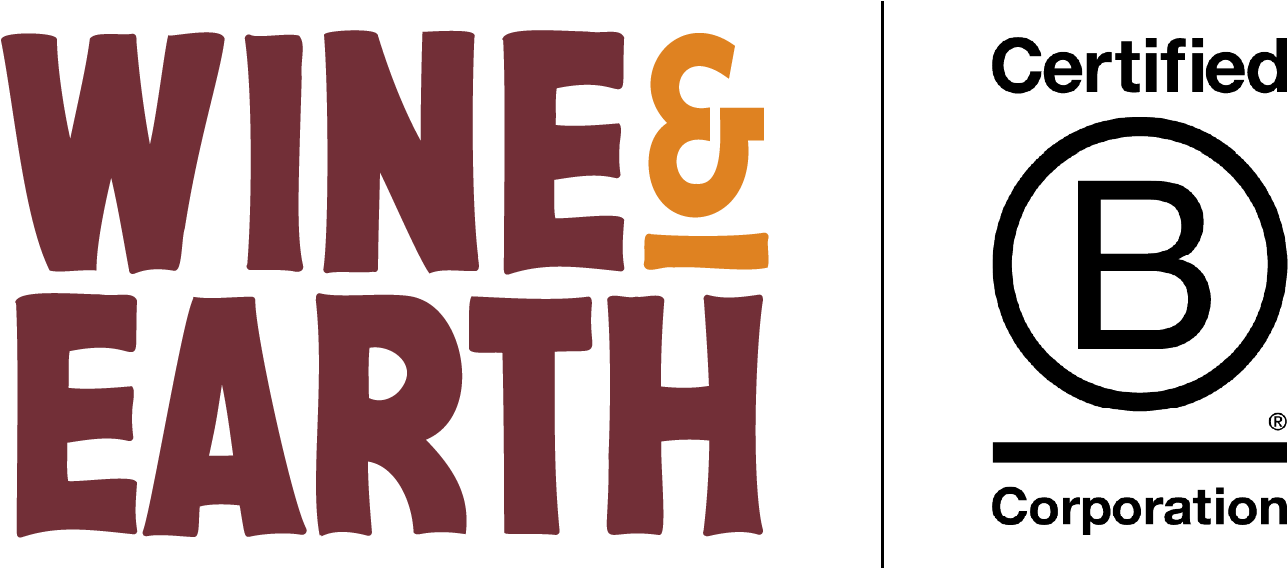The bottles that line supermarket shelves are - for the most part - the product of industrial viniculture.
We all love the feeling of getting a good deal on a pricey bottle, but those sale tags come with quite a dark price. Larger conventional wineries are faced with the task of adequately preserving their wine, providing reproducible flavour profiles, and sustaining fast production, while still maintaining a high yield of production. And all that at squeezed margins that demand volume production to make commercial sense.
Impact on the environment
The most obvious impact of industrial vineyards is the stress on the planet. This includes water consumption, greenhouse gas (GHG) emissions, and soil quality.
Groundwater and irrigation water use in industrial vineyards is on average 70% higher than than of organic vineyards. And pollution to water from chemical application (fertilisers, herbicides, pesticides and fungicides) is much higher too. This represents a threat to water sustainability within watersheds, and also impacts the local waterways, causing eutrophication and harmful impacts to local biodiversity.
The situation is no better regarding the classic GHG emissions, with industrial vineyards emitting nearly 2400 kg CO2eq per hectare of vines, compared to just 1850 kg CO2eq per hectare for organic wines - and much lower for biodynamic, natural and regenerative vineyards.
Finally, soil quality is crucial to maintain biodiversity and workable land for future winemaking. Herbicides, fungicides and soil compaction used in industrial viniculture put significant stress on the surrounding vegetation and the soil microbiome which would usually keep the soil fertile. As a knock on effect, the death or removal of cover crops increase soil erosion, a major agricultural problem which essentially provides unstable land. The extensive pesticide use also disrupts the biodiversity of the vineyard, and actually requires progressively higher concentrations as pests evolve resistance.
Impact on workers' health
Pesticides aren’t just harmful to the land, but the farmers who work it as well. The general rule is that re-entry into the vineyard should be restricted for 24-48 hours after spraying, but this is loosely followed given the large volume of wine the industrial wineries need to produce. Nasty chemicals like organophosphates and organochlorines are just two of a long list of harmful pesticides. In extreme cases organophosphates can cause severe nerve damage, and organochlorines can even induce coma states.
Impact on workers' livelihoods
One of the main issue with industrial wine making is the sheer volume they’re expected to manufacture at ridiculously low cellar door prices. This means cutting costs, and oftentimes this mostly affects the workers and their wages. In South Africa, where the wine industry contributes $2.5 billion to their national budget, the working conditions have already been condemned by the ILO and the Human Rights watch. Some are paid less than $4/day, but worse is the “DOP system”, in which they’re paid in alcohol instead of money. With a large proportion of female workers, this has resulted in South Africa having the highest levels of children with foetal alcohol syndrome (FAS).
These violations are not limited to South Africa, and are equally prevalent in Italy, which produces a quarter of the bottles exported around the world. Here, industrial vineyards are often keen to take advantage of migrant workers for cheap labour. In the case of Canelli, a town in the famous Piedmont region, workers from Macedonia, Romania and Bulgaria are the main target, receiving just €2-3 per hour (the national minimum wage is €7).
Wine quality
Industrial viniculture also indirectly affects wine quality. In terms of long term preservation, larger scale winemakers often add a significant amount of additional sulphites to their final product and use formulaic production - yeast strains, grape blends and volume treatment. This doesn’t necessarily make it taste bad, but it can change the flavour profiles of wines, and in striving for consistency year in, year out, flavour profiles become unnaturally predictable.
Ultimately, while industrial vineyards offer cheaper wines, it’s worth thinking about what’s behind it all.





Comments (0)
There are no comments for this article. Be the first one to leave a message!